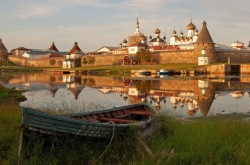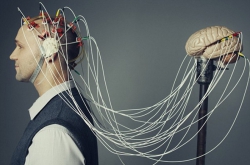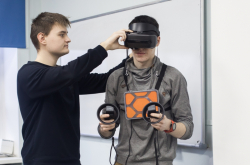Konstantin Malyshev developed the device as part of his Master’s thesis and internship at ITMO University’s Center for Usability and Augmented Reality. Using his invention, people can feel the scents of the objects they see in virtual reality. The device allows to feel both one scent and the whole range of intermixed aromas.
“We use all sorts of scents that already exist out there, such as perfumes, the scent of coffee, alcohol, and various fragranced oils. After we choose a scent, we pour the fragrance into small containers connected to the part of the device which is located near the user’s nose. By the way, we can mix fragrances by regulating the containers’ valves. The device is not a very complex one. The most difficult part was to assemble and sync it with the headset,” shares the student.
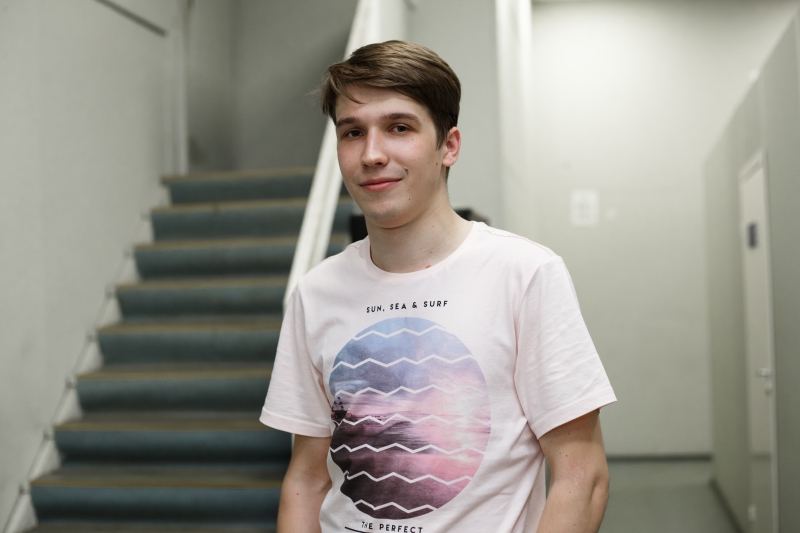
The device is managed via a controller, which is brought into action via an application. The main advantage of this device is that there is no need to create plug-in software for different game engines, which are used for developing apps and games for virtual reality. All these engines can work with this device via an HTTP protocol. Konstantin says that it took him about two weeks to assemble the prototype and about a month to test it.
The device was first tested on Vincent van Gogh’s painting The Night Café. With the help of VR technologies, one could transport themselves inside the painting and inhale the scent of port and coffee. Konstantin and his colleagues are currently developing an application, which will make certain scents stand forth depending on the user’s actions.
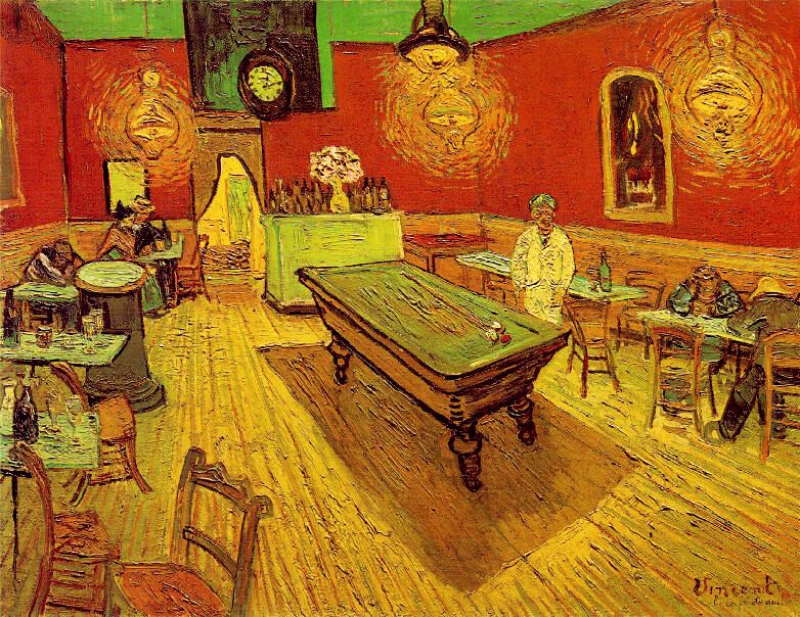
“When entering the action area of certain objects, the user presses the button, and the computer sends a signal to the device, which, in turn, start emitting certain scents. The new case will include various objects for users to interact with,” explains the author of the project.
The device comes together with a VR headset and can be used for watching 360° videos and working with VR apps, however, Konstantin Malyshev says that his development is mainly designed for art performances.
“The main application for this device as I see it is in art performances. Today, VR can help modern composers achieve what the 1960-70s composers achieved with far less means. I’m talking both the creation of architecture and its enrichment with music and smells. In other words, we now have the opportunity to use virtual reality to create spaces, simulate the way sounds will proliferate in them and even add in smells. For example, the composer Karlheinz Stockhausen has a work called Seven Days, for which he wanted to build its own museum. According to his idea, each day should have its own room with a specific message. This idea can be implemented in VR with fewer resources but the very same effect. The development of my device made me think that VR can be used for not only entertainment but also the solution of creative tasks,” explains Konstantin Malyshev.
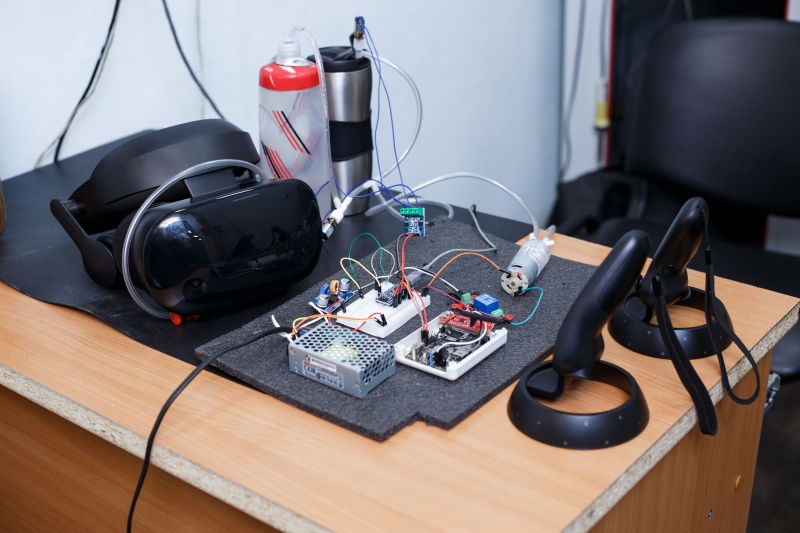
What is remarkable about the device is that it is made out of materials at hand: the pipes connecting the containers with fragrances with the lower part of the device are in fact aquarium pipes used for oxygen delivery. Since there are no out-of-the-box solutions in this field at the moment, developers are free to choose any objects with good physical properties.
“This is one of a kind device now, but we plan to launch a startup in order to commercialize our development and bring it to the market. That’s why we’re looking for specialists who can help us with a high-quality system board, controller and body frame. The technology is already there. All we need to do now is to make it appealing to users,” says the developer.
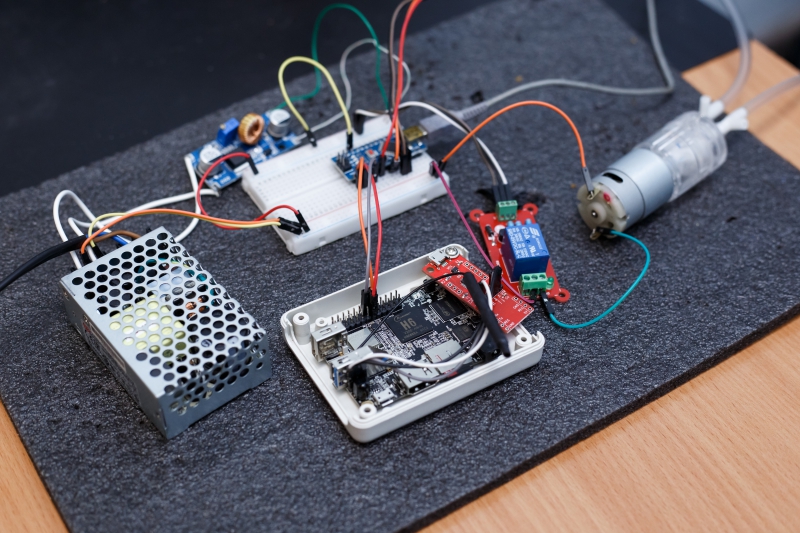
There are only three analogs of this device in the world. One of them, the Russian project FEELREAL, recently got the funding for the commercialization of their product. In its turn, the international project Olorama presents itself not in the form of a personal device but a distributor of smells for spaces at large. According to Konstantin, this is a promising VR field that is still relatively free for projects to explore.
The prototype of the device for distributing smells in virtual reality was for the first time presented to the wider public at the international interdisciplinary conference EVA SAINT PETERSBURG 2019.


